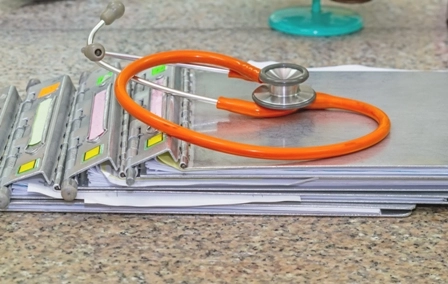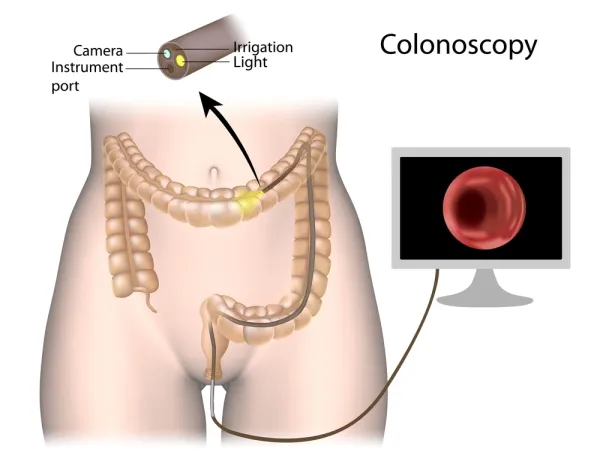EM Coding Alert
Ground Your Inpatient Hospital Coding in This Guidance
Hint: All E/M services by the same specialty/same provider should be combined during that 24-hour period. The 2021 updates for evaluation and management (E/M) codes have overwhelmed some specialty coders and billers. While there are many new descriptors for office/outpatient E/M codes, hospital care codes largely remained the same. Mastering the new E/M rules while keeping the old—and, thus, current—guidance straight is tricky, but use these tips to keep your hospital inpatient coding in tiptop shape. Know This Code Trio For Initial Day When reporting your provider’s initial day of hospital care, you’ll choose from one of the following codes depending on encounter specifics: Important: Remember you need to satisfy all three components for these codes: history, examination, and medical decision making (MDM) — unlike office/outpatient E/M codes 99202 (Office or other outpatient visit for the evaluation and management of a new patient, which requires a medically appropriate history and/or examination and straightforward medical decision making. When using time for code selection, 15-29 minutes of total time is spent on the date of the encounter.) through 99215 (Office or other outpatient visit for the evaluation and management of an established patient, which requires a medically appropriate history and/or examination and high level of medical decision making. When using time for code selection, 40-54 minutes of total time is spent on the date of the encounter.), which had their descriptors altered radically for 2021. As for whether you count all E/M services that day toward the overall code level, the answer is: it depends. “All E/M services by the same specialty/same provider should be combined during that 24-hour period. If the hospitalist group, for example, was admitting the patient and then needed to see the patient later in the day, the information should be added together in support of one visit code with the AI modifier [Principal physician of record] indicating them as the admitting service,” explains Suzan Hauptman, MPM, CPC, CEMC, CEDC, director, compliance audit, Cancer Treatment Centers of America. “If a specialist sees the patient, that service could also be reported with a 99221-99223 code selection. The AI modifier would not be appropriate as the specialist wouldn’t be the admitting [physician].” You should also be sure to include the correct documentation to solidify the claim, Hauptman says. The documentation would be that of all providers under the same specialty on the same calendar day: medical doctors (MDs), doctors of osteopathic medicine (DOs), physician assistants (PAs), nurse practitioners (NPs), etc. “This would be notes that these providers actually write. It would not include hospital staff documentation, as that information would be considered when charging and coding the hospital services themselves,” explains Hauptman. Consider This Scenario The surgeon is called by the emergency department (ED) physician to see a 72-year-old man who tripped at home and fell down the stairs, resulting in very weak and numb hands and difficulty with walking. The ED physician found mild quadriparesis primarily affecting the distal arms and obtained a magnetic resonance imaging (MRI) of the cervical spine showing severe cervical stenosis at several levels; worst at C56, where there was increased cord signal suggesting an acute spinal cord injury. A cervical computed tomography (CT) did not show a fracture or malalignment. The surgeon sees the patient and admits him for the purpose of monitoring blood pressure and heart rhythm, maintaining a high normal blood pressure, and immobilizing him in an effort to avoid progressive spinal cord injury. Despite not planning a surgical treatment initially in the absence of a traumatic fracture and/or dislocation, you complete a comprehensive history and examination and document high-complexity medical decision making (MDM) that included review of multiple imaging studies, instituting treatment to avoid hypotension, discussion about the role and timing of spinal cord decompression surgery, and discussion with the patient about the role and limitation of high dose intravenous steroids. You also review the early risks of deterioration of neurological function. For this encounter, you should report 99223 with S14.125A (Central cord syndrome at C5 level of cervical spinal cord, initial encounter) appended to represent the patient’s injury. Use These Codes for Subsequent Care When coding for subsequent hospital inpatient services, you’ll choose from one of the following codes, depending on encounter specifics: Documentation is also key to choosing the correct subsequent hospital care code, Hauptman relays. “Here too, you are looking for the documentation written by the service as a whole. If only one provider sees the patient, it would be that note used to determine the appropriate level of service,” she says. “If additional providers of the same service/same specialty see the patient, then include that information in that code as well.” Consider this example, which is from day 2 of the inpatient admission patient scenario explained earlier in the article: The surgeon sees the patient the next day, identifying no clinical change in the patient. They perform an expanded problem focused history, detailed examination, and straightforward MDM. No treatment changes are needed. For this encounter, you should report 99232 with S14.125D (Central cord syndrome at C5 level of cervical spinal cord, subsequent encounter) appended. Rely On 30-Minute Mark to Choose Discharge Code When the provider discharges the patient, you’ll choose from one of the following codes, depending on encounter specifics: Important: Keep in mind that the discharge service is bundled into most procedure codes and would therefore generally not be reportable if a procedure was performed by the discharging physician during the hospitalization. When you can rightfully report 99238 or 99239, the codes include the following services in their work units: Documentation alert: “The documentation should include the final exam elements as well as the information around the discharge — i.e., education, meds, follow-up, course of care, etc. — along with the time spent in the activity of the discharge,” Hauptman reminds.



Related Articles
EM Coding Alert
- Hospital Service:
Ground Your Inpatient Hospital Coding in This Guidance
Hint: All E/M services by the same specialty/same provider should be combined during that 24-hour [...] - Modifiers:
Bust These 5 Myths to Ease Your Modifier 24 Challenges
Tip: Instead of relying on your clinic schedule for documentation proof, do this. Knowing the [...] - You Be the Coder:
Know Payer Rules to Use This Additional Code for Service by Telephone
Question: Our surgeon performed an E/M service over the phone that lasted 55 minutes. Can [...] - Reader Questions:
Count Prescription Drug Management As MDM — With This Documentation
Question: Our pulmonologist advised a patient to continue taking a given medication at the same [...] - Reader Questions:
Be Wary of Private Payer Interpretations for This Common Pediatric Scenario
Question: The 2021 revisions to the office/outpatient evaluation and management (E/M) codes no longer contain [...] - Reader Questions:
Live By The Physician’s Documentation
Question: Is it against the rules to bill an E/M code instead of code 11721? [...]




